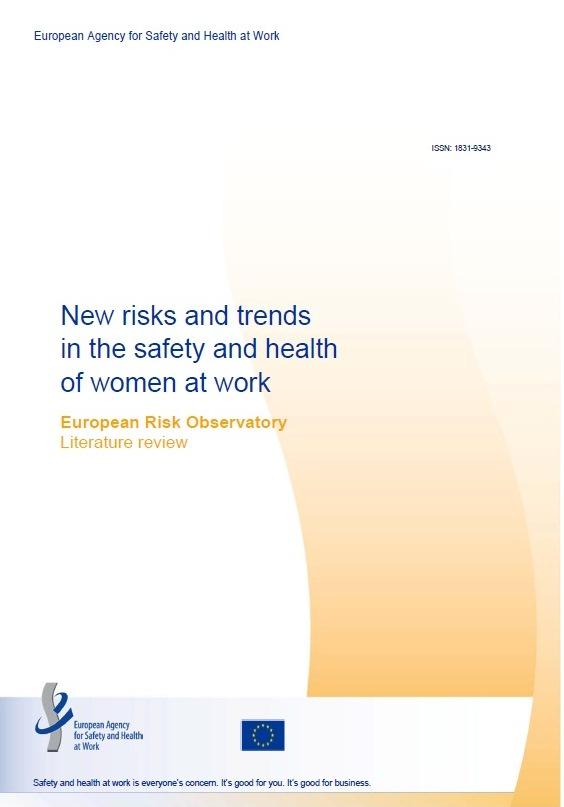| 520 | | | $aWomen continue to be active in the workforce, as shown by their increasing employment rates. However, workers with non-standard employment contracts, such as part-time employment or non-permanent contracts, accounted for most of the recent rises in employment figures, and there has also been an increase in multiple employment. The financial downturn may have an impact on employment prospectives, particularly of younger women. Occupational segregation, or the concentration of female activity in a few sectors, seems to be increasing rather than declining over time. The move to service sectors particularly affects women, who work in the growing sectors of healthcare, education, public administration, Horeca (hotel, restaurant and catering) and retail, as well as in financial and other customer services. Consequently, if it is to be effective, OSH policy should enhance its activities in these sectors. However, current perceptions of vertical and horizontal segregation should be revised: when data are assessed at the micro level, they show that jobs done by men may be more segregated than those done by women |


